Martin S. Zand
Predicting Acute Kidney Injury at Hospital Re-entry Using High-dimensional Electronic Health Record Data
Aug 13, 2018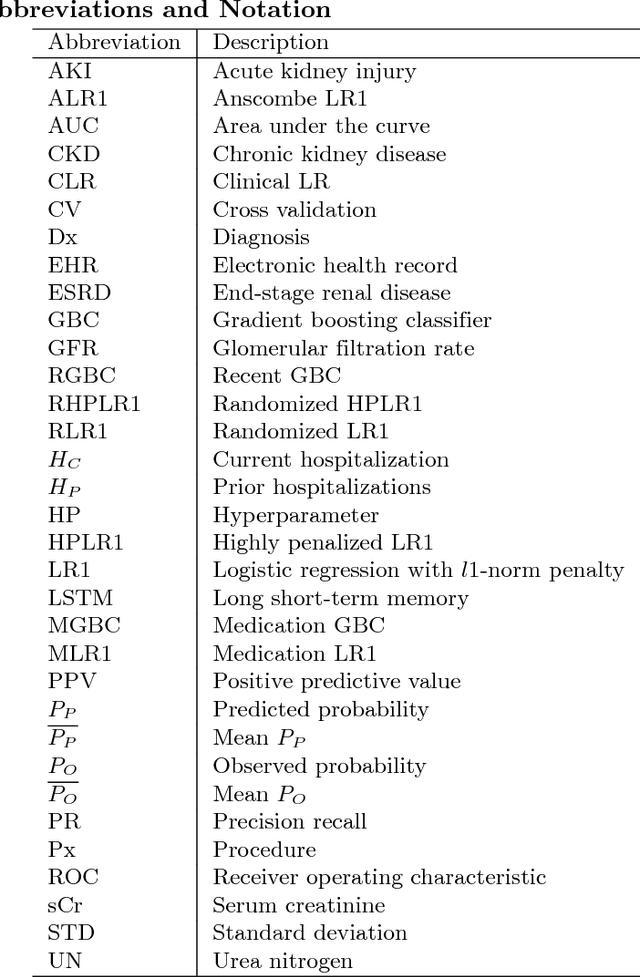
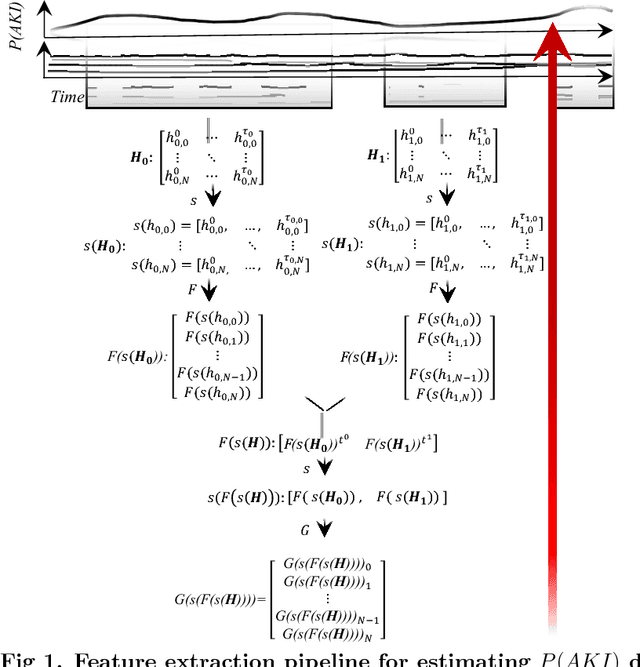
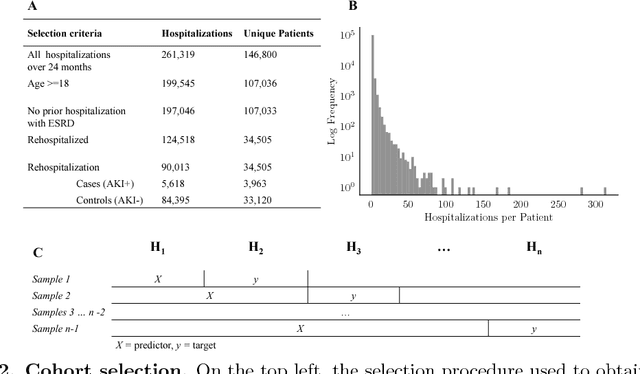
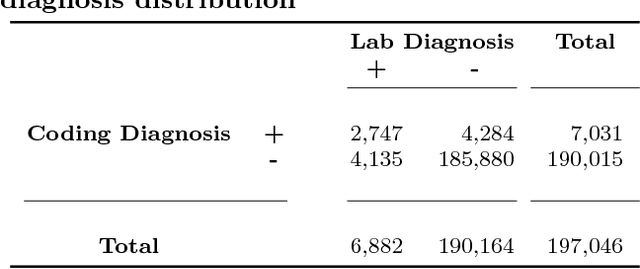
Abstract:Acute Kidney Injury (AKI), a sudden decline in kidney function, is associated with increased mortality, morbidity, length of stay, and hospital cost. Since AKI is sometimes preventable, there is great interest in prediction. Most existing studies consider all patients and therefore restrict to features available in the first hours of hospitalization. Here, the focus is instead on rehospitalized patients, a cohort in which rich longitudinal features from prior hospitalizations can be analyzed. Our objective is to provide a risk score directly at hospital re-entry. Gradient boosting, penalized logistic regression (with and without stability selection), and a recurrent neural network are trained on two years of adult inpatient EHR data (3,387 attributes for 34,505 patients who generated 90,013 training samples with 5,618 cases and 84,395 controls). Predictions are internally evaluated with 50 iterations of 5-fold grouped cross-validation with special emphasis on calibration, an analysis of which is performed at the patient as well as hospitalization level. Error is assessed with respect to diagnosis, race, age, gender, AKI identification method, and hospital utilization. In an additional experiment, the regularization penalty is severely increased to induce parsimony and interpretability. Predictors identified for rehospitalized patients are also reported with a special analysis of medications that might be modifiable risk factors. Insights from this study might be used to construct a predictive tool for AKI in rehospitalized patients. An accurate estimate of AKI risk at hospital entry might serve as a prior for an admitting provider or another predictive algorithm.
Revealing patterns in HIV viral load data and classifying patients via a novel machine learning cluster summarization method
Apr 25, 2018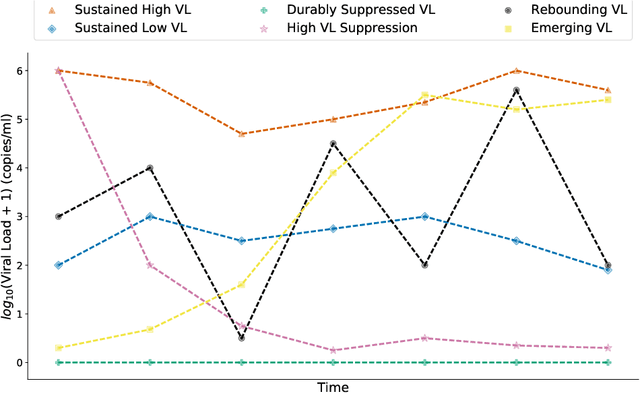
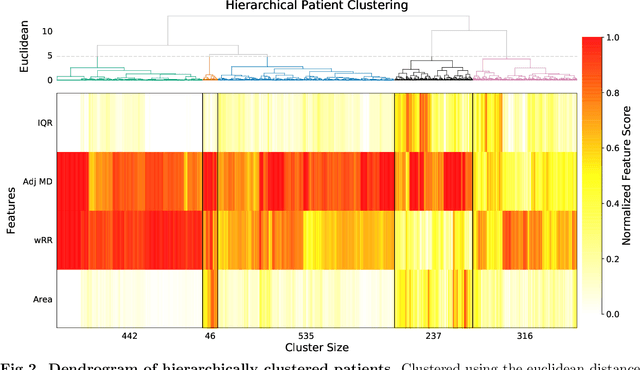

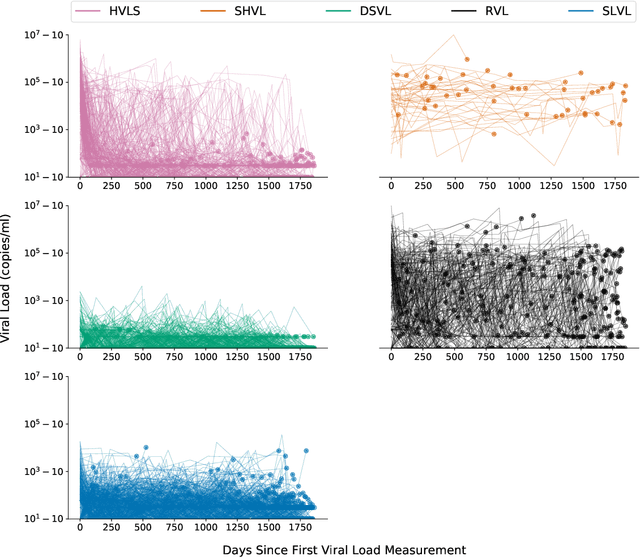
Abstract:HIV RNA viral load (VL) is an important outcome variable in studies of HIV infected persons. There exists only a handful of methods which classify patients by viral load patterns. Most methods place limits on the use of viral load measurements, are often specific to a particular study design, and do not account for complex, temporal variation. To address this issue, we propose a set of four unambiguous computable characteristics (features) of time-varying HIV viral load patterns, along with a novel centroid-based classification algorithm, which we use to classify a population of 1,576 HIV positive clinic patients into one of five different viral load patterns (clusters) often found in the literature: durably suppressed viral load (DSVL), sustained low viral load (SLVL), sustained high viral load (SHVL), high viral load suppression (HVLS), and rebounding viral load (RVL). The centroid algorithm summarizes these clusters in terms of their centroids and radii. We show that this allows new viral load patterns to be assigned pattern membership based on the distance from the centroid relative to its radius, which we term radial normalization classification. This method has the benefit of providing an objective and quantitative method to assign viral load pattern membership with a concise and interpretable model that aids clinical decision making. This method also facilitates meta-analyses by providing computably distinct HIV categories. Finally we propose that this novel centroid algorithm could also be useful in the areas of cluster comparison for outcomes research and data reduction in machine learning.
 Add to Chrome
Add to Chrome Add to Firefox
Add to Firefox Add to Edge
Add to Edge